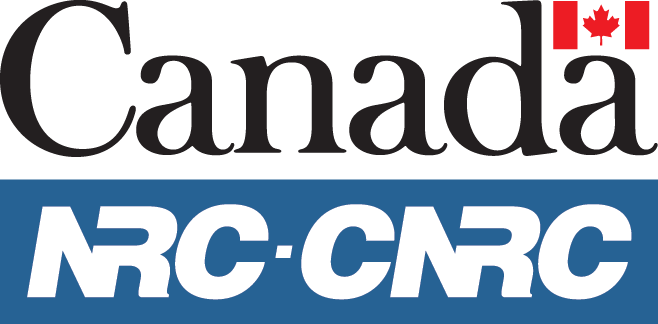Occupant-Centric Building Decarbonization
Project overview
This project focuses on developing occupant-centric strategies for building decarbonization, particularly in large building facilities, using the Montréal-Pierre Elliott Trudeau International Airport as a living lab. It emphasizes the importance of building occupants in the transition to clean energy and aims to address the gap between projected and actual building performance. The project proposes optimizing operational aspects such as heating, cooling, and ventilation based on occupancy, automating fault detection and electrifying main heating sources. By implementing Occupant-Centric Control (OCC) strategies, the project aims to reduce building energy consumption by up to 40 per cent, enhance occupant health and comfort, and minimize environmental impact. It will demonstrate prototype implementations of OCC strategies, assess improvements in energy use, GHG reduction, occupant comfort, and indoor air quality and serve as a precursor to a more comprehensive project aimed at achieving carbon neutrality for major building facilities.
Key project details
| Principal investigator | Mohamed Ouf, assistant professor, Building Engineering, Concordia University |
Co-principal investigators |
Burak Gunay, associate professor, Civil and Environmental Engineering, Carleton University; Liam O’Brien, professor, Civil and Environmental Engineering, Carleton University; Liangzhu Leon Wang, professor and associate director of the Centre for Zero Energy Building Studies, Concordia University; Radu Zmeureanu, professor, Building Engineering, Concordia University |
Research collaborators |
Ursula Eicker, Concordia University; Mazdak Nik-Bakht, associate professor, Concordia University; Jenn McArthur, associate professor, Toronto Metropolitan University |
| Non-academic partners | Montréal Pierre Elliott Trudeau International Airport, National Research Council of Canada, Delta Controls |
| Research Keywords | occupant-centric controls, occupant comfort, building electrification, fault detection and diagnostics, indoor air quality, building resilience, living labs |
| Budget | Cash: $280,000 In-Kind: $100,000 |
Publications:
Sleiman Sleiman, Mohamed Ouf, A review on energy practices and indoor environmental quality (IEQ) of airports, Building and Environment, Volume 278, 2025, 112965, ISSN 0360-1323, https://doi.org/10.1016/j.buildenv.2025.112965. June 15, 2025
April 23, 2025: CFD-Based IAQ Assessment Aeroquai Building (Montreal Airport)
April 23, 2025: Obsolescence Study and Analysis of the Building Systems of the Aeroquai at the Montreal International Airport
Non-academic partners
Thank you to our non-academic partners for your support and trust.



Funding
Volt-Age is funded by a $123-million grant from the Canada First Research Excellence Fund.


